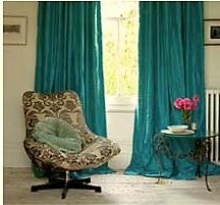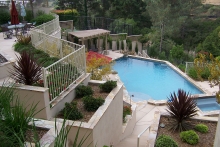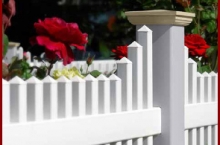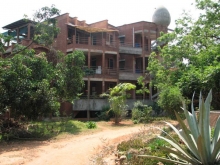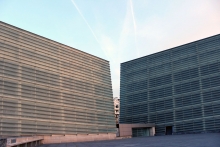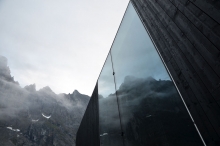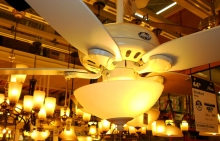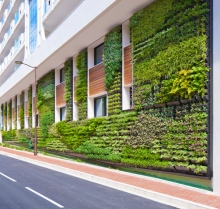Why Change Standard Language Regarding Weather Delays in Construction?
Welcome to the On Site channel’s Construction Administration Column. Join us as we continue a conversation regarding contracts and weather delays.
In David Todd’s last Construction Administration Column, he recommended an alternative to standard language regarding weather delays. David’s suggestion spurred some discussion of the topic, so here are his further thoughts.

